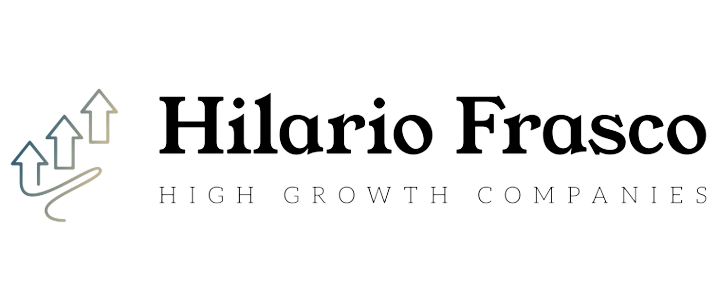Introduction
Predictive analytics is a powerful tool for businesses to use in order to predict future events and trends. This can be used to make more informed decisions, increase sales, and improve customer satisfaction. In today’s digital world, machine learning algorithms are often used by companies who want their data analyzed and turned into usable information that can help them optimize operations or increase profits.
What is Predictive Analytics?
Predictive analytics is the process of using statistical analysis to make predictions about the future. It’s used for a wide variety of applications, from retail stores that use predictive analytics to predict customer buying habits, to hospitals that use predictive analytics to predict patient outcomes and performance metrics.
Predictive analytics can be thought of as a subset of data science: it is based on data analysis but goes beyond simple numerical modeling by incorporating machine learning and other techniques into its workflow.
What is Machine Learning?
Machine learning is a branch of artificial intelligence (AI) that deals with getting computers to act without being explicitly programmed. It’s the science of getting computers to learn from data, identify patterns in it and make predictions based on those patterns.
Machine learning algorithms are used to identify patterns in data so that they can be used to make predictions about future events or unknown outcomes. These algorithms are particularly useful when you have a large amount of information that is difficult for humans to analyze manually because it would take too long or require too much effort; machine learning allows you access all this information while still providing valuable insights into what’s happening around you – whether it’s at work or at home!
Why Use Predictive Analytics?
Predictive analytics is the process of using historical data to make predictions about future events. Predictive analytics can be used for a variety of purposes, including:
- Improve business decision-making by helping you make better decisions based on data.
- Reduce risks by making sure your decisions are based on reliable information and don’t lead you down a dead end path that could have been avoided with a little more information at hand.
- Increase revenue by creating new products or services based on what customers want rather than guessing or hoping they will buy something new just because it’s there (a strategy known as “guesswork”).
- Reduce costs by preventing unnecessary expenses such as hiring employees when demand isn’t high enough to justify additional staff, or getting rid of old inventory before it expires if there isn’t enough demand from customers who might want those items instead (also known as “wasted resources”).
How to Get Started with Predictive Analytics.
To get started with predictive analytics, you need to choose a tool. There are many options out there and they all have their own strengths and weaknesses. Here are some popular choices:
- Tableau – This is one of the most powerful tools for visualizing data and making use of insights from it. It’s easy enough to use that anyone can get started but also has enough flexibility that you can build complex models if necessary.
- R and Python – These are both programming languages used for statistical analysis and machine learning tasks like predictive modeling (but not necessarily exclusively). If you’re familiar with either one of these languages then using them will give you an edge over other people who aren’t familiar with them because they offer more flexibility in terms of what kinds of algorithms can be used on top of raw data sets compared to other tools such as SAS or H2O which provide pre-made packages designed specifically around certain types/uses cases (e.,g., regression).
Machine Learning is the future of business, and predictive analytics is an essential tool in your data science tool belt.
Machine learning is the future of business, and predictive analytics is an essential tool in your data science tool belt. Predictive analytics is a subset of machine learning which focuses on predicting future outcomes. Machine learning has many applications that can be used to optimize processes and make them more efficient, but it also has several other benefits:
- It allows you to make better forecasts about things like customer behavior or product demand
- It helps identify patterns in your data so that you can find hidden insights that would otherwise have been missed
Conclusion
We hope that this article has helped you understand the basics of predictive analytics and machine learning. We also know that there is a lot more to learn about these powerful tools, but don’t worry! We have plenty more content on our blog, including tutorials on how to use them in your own business or personal projects. If you want more information on how we can help with your project or company, please contact us today
